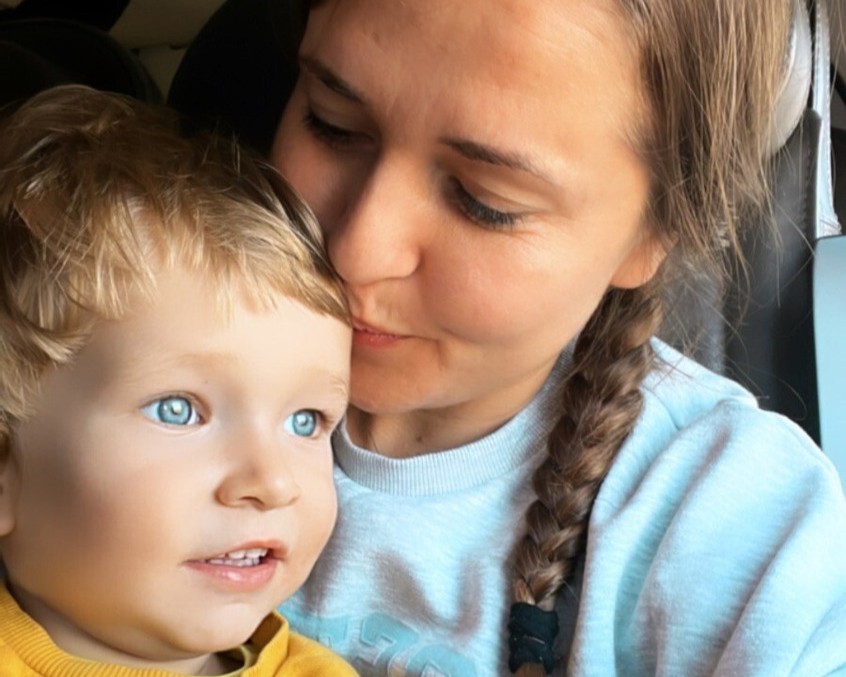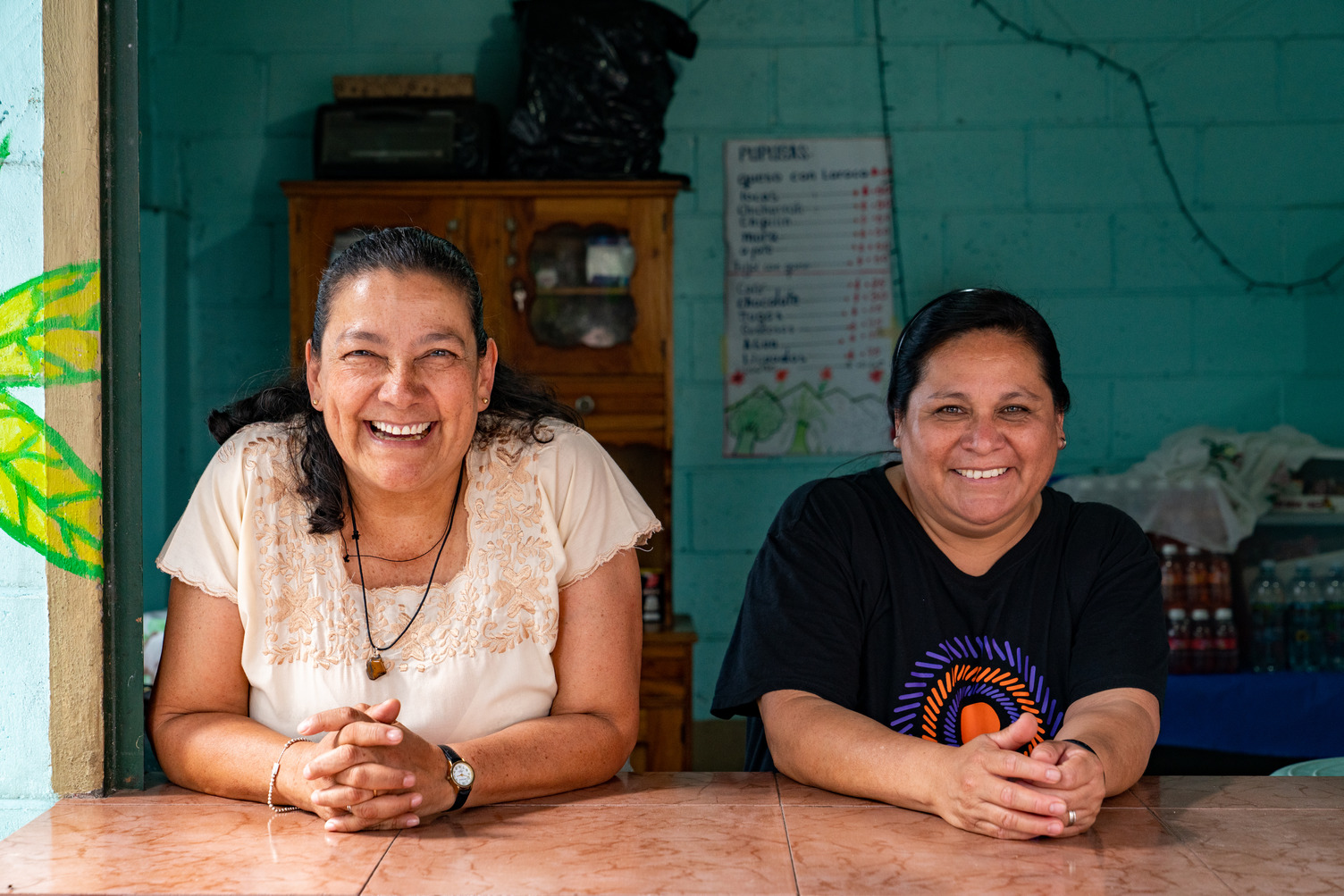What does it take to rid a country, region, or the world from a particularly perilous disease? That thought is on many people’s minds as governments continue to grapple with the implications of Covid-19. But Alight teams have been entrenched in a separate battle in South East Asia over the past few years—working to completely eliminate malaria for good.
They’ve set an ambitious goal. Their target is to free both Thailand and Myanmar of all malaria, and most importantly the drug-resistant kind, by 2030.
“We can actually do this,” says Rachel Sismar, one of Alight’s leaders in this work. “It sounds ambitious but of course, why not? If we continue our campaign and continue our work then it is absolutely possible we could eliminate malaria.”
Thailand is where Alight first came into being in 1978, where we worked to prevent and treat tuberculosis. 40 years later, we’re still on the frontlines of infectious disease control and humanitarian response. From responding to the Tsunami in 2004 to opening our program in Myanmar in 2013 and then expanding our TB and malaria control work to five countries in the region in 2018—which now includes Myanmar, Thailand, Cambodia, Laos, and Vietnam—our programs have changed, but the dedication to the people impacting by these programs has not.
Zeroing in on malaria
In recent years, the team has homed in on what they see as the most pressing goal: eliminating malaria. This is a particular problem for communities living in remote, forested areas that are difficult to reach, both technologically and physically, and for migrants who frequently travel across the border for work. That’s why cross border and regional work is so vital.
In Thailand, for example, we serve economic migrants who pass along the Thailand-Myanmar border on a daily basis, sometimes illegally. They might not be covered under the umbrella of national malaria programs, making them a difficult population to protect. And since many migrants are ethnic minorities whose families live in remote places, our teams often trek—and canoe—to places that are geographically demanding.












